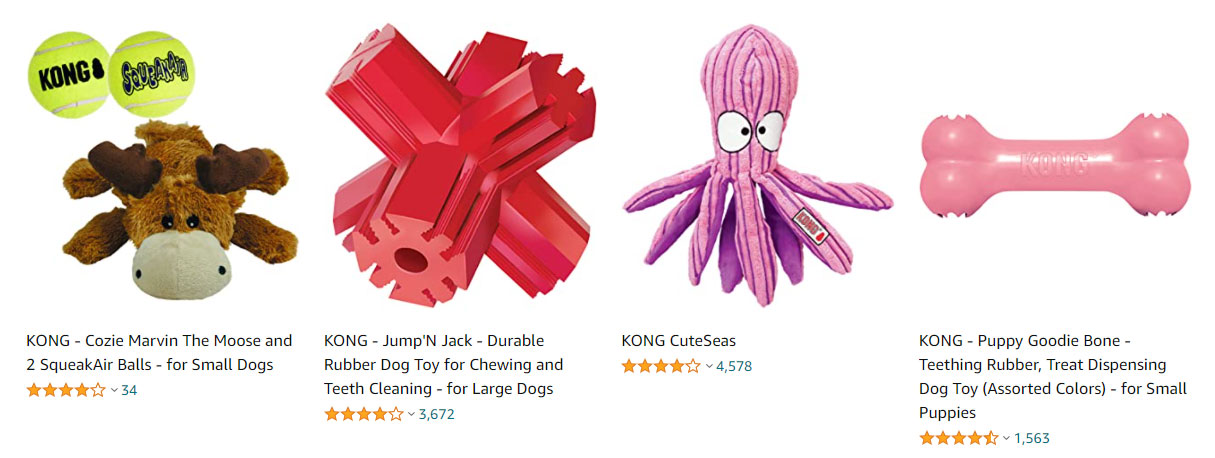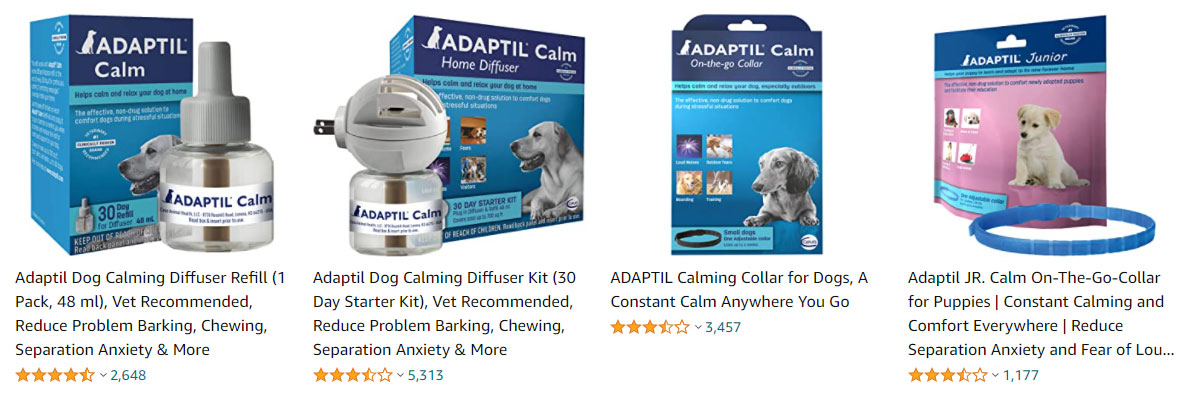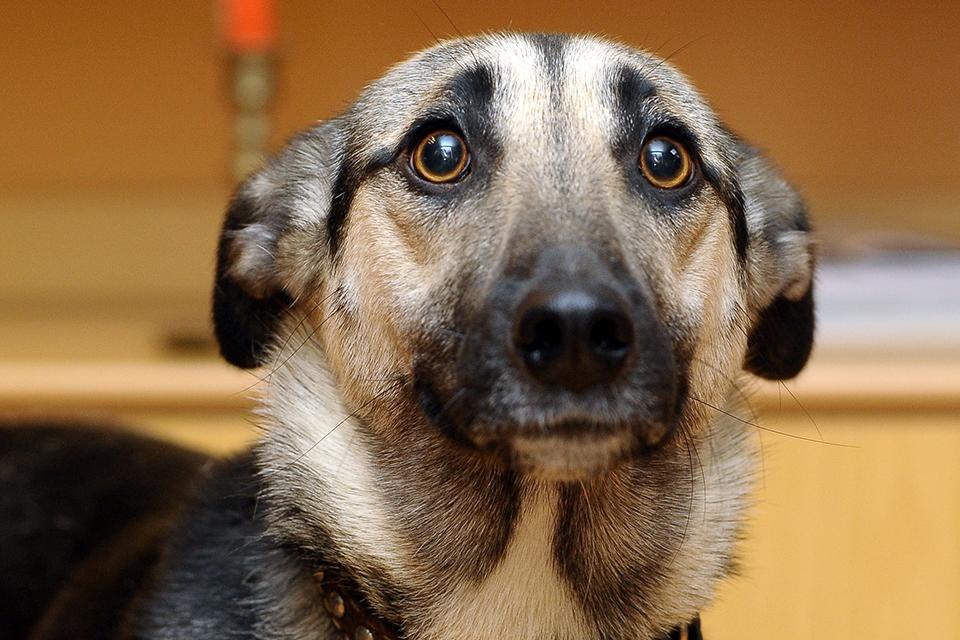Anxious dog
For a short time or for as long as you can remember, you have noticed that your dog is behaving anxiously, either on a daily basis or in connection with a triggering event. Today, I propose to understand why and especially to know how to reduce your dog's anxiety.
Identify the cause of your dog's anxiety
This is the starting point of any problem resolution: determining the cause. Without this first step, the proposed work will not be adapted, not personalized and therefore not effective at all.
Moreover, we could simply solve the symptom, but that would not allow your dog to get better, it would just allow you to be quiet.
To give you an example, I think of dogs that cry when they are alone, most people end up putting an anti-bark collar on their dog to avoid disturbing the neighbors. I recently saw a report where some owners had their vocal cords removed to prevent their dog from barking!
Well, by doing so, that is to say by treating only the symptom and not the cause, we do not solve the problem in depth! It is exactly like putting a band-aid on a wooden leg: it is useless!
Why is my dog anxious?
There are many reasons why a dog may enter a state of anxiety, the main ones are :
• Your dog did not have a sufficiently rich development in various and varied stimulations during its first three months, a disorder has thus developed following these lacks because it could not record in its "hard disk" enough good experiences to be able to rely on it once adult.
• Your dog did not create a detachment with you and therefore develops a hyper attachment that prevents him from living your absences serenely.
• Your dog has had one or more bad experiences in such and such an environment and/or with such and such a person and/or with such and such an object and this has traumatized him. He is then suspicious, by survival instinct, of the different situations where the object of his bad experiences appears.

What does anxiety look like?
Of course, not all dogs react in the same way to anxiety-provoking situations. But in general, the symptoms will be as follows:
For anxiety related to separation from the owner:
- Crying and vocalizations when the dog is alone
- Eventually messes located in an anarchic way and sometimes in diarrhea
- Destruction of objects with the smell of the master
- For environmental anxiety:
- The dog hides and does not explore its environment, or very little
- He is always on the alert, never seems calm
- The dog runs away at every unusual noise
- The dog drools a lot
- The dog adopts substitute activities: excessive licking of a limb for example
- For anxiety related to a specific object:
- The dog has flight or attack attitudes towards the object of his fears
- The dog shakes and drools in the presence of this element
- The dog is uncomfortable, adopting specific signals such as yawning, nose licking, etc.
There are, of course, many other symptoms that can indicate anxiety in dogs, but here are the main ones.
How to reduce your dog's anxiety?
Tip #1: Follow the "don't see, don't take" rule
If your dog does something stupid while you are away, don't scold him! Clearly, your dog lives in the moment and doesn't understand if you scold him for something he did while you were away. You must always catch him in the act for there to be any real effect. So, ignore your dog and his mischief, don't clean up in front of him (or with bleach for messes) and follow these tips to prevent your dog's mischief from happening again.
Tip #2: Eliminate departure and arrival rituals
When you leave and when you return, completely ignore your dog and pretend you're picking up your mail at the mailbox. Ignoring a dog is: don't look at it, don't touch it, don't talk to it. Furthermore, on a daily basis, when you are at home, don't hesitate to desensitize your dog to actions that mean "departure" for him by pretending to put on your coat, take your keys and your bag, etc. without really leaving.
Tip #3: Make your departure positive
Your dog should associate your departure with something very positive by offering him an occupation toy or simply his bowl of kibble for example. A Kong toy filled with food or treats hidden around the living room can also keep your dog busy and happy.

Tip #4: Manage your dog's contact
Your dog needs to understand that he can't have your attention every time he asks for it. Simply put, if your dog always finds satisfaction when he comes to you for a treat, he'll get really frustrated and won't be able to handle the emotion when you're not around. To do this, simply ignore your dog when he comes to you for attention. Wait for him to move on, and once he does: call him and offer him contact.
Tip #5: Reduce your dog's space when you leave
Be aware that a dog that has access to the entire house or apartment when he is alone is not a dog that feels safe because he has too many places to check to see if, perhaps, you are coming (windows and doors). So don't hesitate to reduce your dog's space. If you are in a house, install him with his basket, toys and a water bowl in a separate room. If you live in an apartment and you don't have the possibility to isolate him, don't hesitate to offer your dog a crate. Be careful though, this will be impossible if your absence lasts more than 4 hours. Furthermore, it is essential to get your dog used to the crate before leaving him alone in it.
Tip #6: Help your dog with soothing pheromones
Do you know about Apaisine? It is a soothing pheromone secreted by the mother during feeding. This pheromone is reproduced by the Adaptil brand, in the form of a diffuser to be plugged in or a collar to be put on the dog. This can help your dog to better manage your absences and his anxiety in general. The additional advantage of this option is that, at worst, it does nothing! In fact, appeasement has no side effects. Basically: either it calms your dog or it won't do anything to him at all.

Tip #7: Frame your dog's life
A dog that is anxious on a fairly permanent basis needs a very strict and clearly defined framework. Even if the dog doesn't really have a sense of time, he needs to be able to "know" what is going to happen to him during the day. Your attitude will also be very important, be sure of yourself for both of you and don't let your dog take the initiative, whether it's about contact or space. Decide everything for your dog so that he can trust you and not have any "pressure" on his shoulders.
Tip #8: Desensitize your dog to the elements that scare him
For an anxiety linked to an identifiable element, such as a vacuum cleaner for example, a desensitization work, and elimination of the fear will be necessary and to set up. To do this, the work must be very progressive. Don't expect too much from your dog, offer him short but regularly repeated habituation sessions.
For example, for the vacuum cleaner, you must create a progressive positive association: first place the vacuum cleaner in the middle of the room without saying anything, congratulate him each time he approaches it. Place treats and toys that he likes near the vacuum cleaner. Then move the vacuum cleaner, start it, etc. Play with him next to it, make it a very positive moment.
Above all, always give your dog the opportunity to run away and do not reward his fear-related attitudes (running away, growling, barking, trembling) at the risk of indirectly reinforcing and validating his fear. Be careful, this work is not done in one day and this brings us to the last advice:
Tip #9: Seek professional help if your dog has strong and/or permanent anxiety
Getting your dog used to an object or immersed in an environment is a delicate job that should not be done in a hurry at the risk of making the problem worse. That's why I recommend that you always call on a professional in canine behavior (educator or veterinarian). He will be able to help you and find a work plan adapted to your dog.
And finally, a professional will be able to diagnose a possible developmental disorder which unfortunately will be complicated to treat if your dog is older than one year. Nevertheless, adapted techniques and attitudes can help reduce, if not eliminate, your dog's anxiety.

